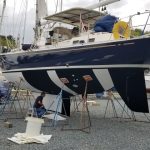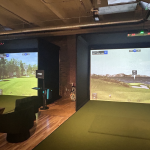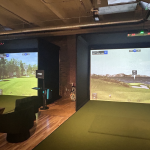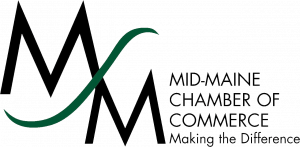What is Rhythmic Auditory Stimulation (RAS), and how does it improve motor function in the brain?

President & Founder of MedRhythms
RAS is a standardized, evidence-based intervention used to treat patients with walking impairments caused by neurologic injuries and diseases. RAS is administered by asking patients to walk to the beat of music that they play on an instrument, such as a guitar. This process directly stimulates the neural circuitry that controls movement to produce “entrainment,” the synchronization of one’s pace to the rhythmic cue. This is a neurologic process in which the auditory and motor systems of the brain are coupled due to an external rhythmic cue. While experiencing entrainment, patients often are able to walk faster than they would be able to in the absence of music. Over the course of a RAS session, the tempo of the music increases to drive the patient to walk faster. This can, over time, both enhance neuroplasticity as well as cause neuroplastic changes that produce positive motor outcomes, such as improvements in walking function and reduced risk of falls.
We have built this into a product that uses sensors to measure movement and music played through headphones to replicate the RAS process as described above.
With your recent FDA approved digital therapeutic for stroke victims, how will this contribute to the future of neurological rehabilitation?
While stroke is the largest cause of long-term disability globally, there are no solutions available to chronic stroke survivors to help improve their walking function. The first product in our pipeline for chronic stroke would provide treatment to millions of patients who currently have no standard of care. The product has received FDA Breakthrough Device Designation which means there is a reasonable expectation that it more effectively treats an irreversibly debilitating disease.
What this means to patients is we can deliver a product to them, no matter where they live, without requiring them to come to the clinic. The product has the potential to increase gait speed and, in doing so, could impact overall walking function, fall risk, and quality of life.
As one of the World Health Organization (WHO) Experts in Digital Health, how do you believe that MedRhythm’s technology can assist patients worldwide?
MedRhythms is an early-stage company that will initially only serve patients in the US, but we have a vision to bring these products to people across the world. We know that neurologic injuries and diseases are a global problem. MedRhythms intends to grow into a company that addresses this problem with a global solution and all the while is based in Maine.
What resources, partners, and companies have been helpful to MedRhythms as it has continued to grow?
Our most important resource has been the patients we work with and who have provided us with invaluable feedback about how to improve our product. We have conducted hundreds of hours of product testing and user experience interviews with patients since the company’s inception, and we established the digital therapeutics industry’s first Patient Advisory Board in 2020.
We also have important partnerships with providers, researchers, and hospitals, including Cleveland Clinic, The University of North Carolina at Chapel Hill, Atrium, the Shirley Ryan AbilityLab, the Kessler Foundation, Mt. Sinai Hospital, Spaulding Rehabilitation Hospital, the Boston University Neuromotor Recovery Laboratory, and UMass Memorial Healthcare. These hospitals are the trial sites we have partnered with for studies in stroke, multiple sclerosis, and Parkinson’s disease.
MedRhythms has also forged strategic partnerships with investors, such as Bose Ventures of Bose Corporation. Bose has recently started to focus on healthcare and invest in innovative companies like MedRhythms.
Finally, MedRhythms has built a world-class team from our headquarters in the State of Maine, where we intend to continue to expand. In Maine, we have had strong support from state based organizations such as the Maine Venture Fund and the Maine Technology Institute.
Which neurological injuries and diseases are you hoping to expand MedRhythms’ therapeutic stimulation toward in the future?
Our vision is large, and we are already building or planning the development of products for PD, MS, Aging, and TBI. Eventually, MedRhythms intends to provide all people with neurologic injuries and diseases the solutions they need and deserve.
By submitting this form, you are consenting to receive marketing emails from: . You can revoke your consent to receive emails at any time by using the SafeUnsubscribe® link, found at the bottom of every email. Emails are serviced by Constant Contact
Last modified: June 7, 2021






